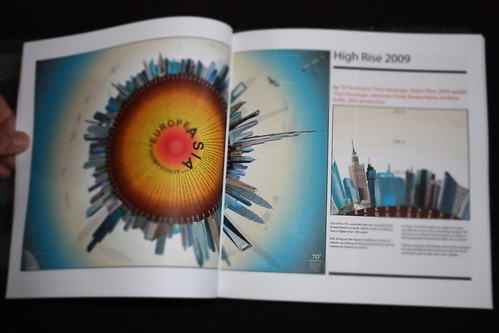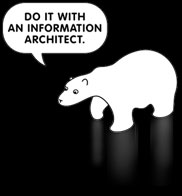Simple Usability Problems
Im Smashing Magazine ist mal wieder ein schöner Beitrag erschienen: Increasing Online Sales: Simple Usability Problems To Avoid.
When designing an online store, you have to consider many different types of customers: repeat customers, first-timers, people in a rush, etc. One thing that would help all of them is optimum usability. You can achieve this in a variety of ways, starting with eliminating the most common usability problems from your website. Fixing any one of the following eight common usability problems will get you started on the path to usability and user-experience heaven and, ultimately, more sales.
Wirklich sehr lesenswert.










